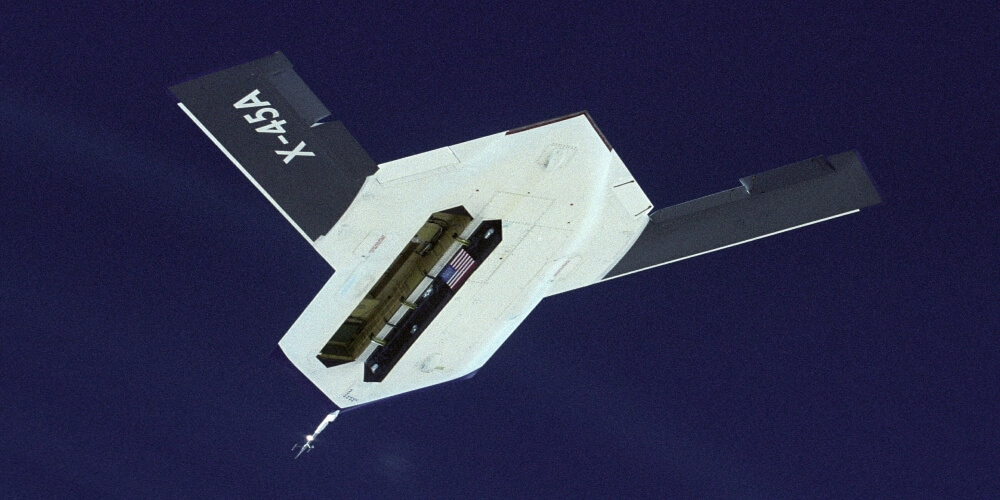You have several means at your disposal when it comes to prototyping, from CNC prototype machining to 3D printing. Each technique has its advantages and disadvantages, and choosing is based on your requirements. Of course, if you are looking for tight tolerance and high precision, you should go for CNC machining. If you are dealing with complex parts requiring fast turnaround and having a limited budget, you can go for 3D printing.
However, we will be narrowing down to why you should choose CNC machining for prototype production.
CNC prototype machining is Fast
Although 3D printing whips CNC machining in terms of the fast turnaround, prototype machining is faster than other techniques like casting and plastic injection. Prototype machining dates back to the 1970s, where it was the fastest way of prototyping before the incorporation of 3D printing in production processes. If you cannot afford 3D printing, then CNC machining is your best option. Casting can take ages before you can lay your hands on a finished prototype, and we all know that prototyping is a race against time. So, if you are thinking of casting or plastic injection, stop for a minute and think about how fast you need your prototype.
CNC prototype machining is accurate
CNC machining 101; it is extremely accurate and can work with tight tolerance. CNC prototype machining is accurate. Since the human intervention is eliminated drastically, accuracy is upheld since there are no human errors with machines. Once you upload your CAD file, you leave the rest to the machines. Since the machine can work without fatigue all-round the clock, accuracy is not a problem. Shortly, the integration of Artificial intelligence in CNC machining will boost efficiency and accuracy. AI is one of the trends emerging in CNC machining, and we can expect more.
CNC machining does not have fixed tooling
The nature of CNC machining allows the use of a different type of tooling in one center. How is it important? Some CNC machines are built in a way that tooling is automated. If a tool requires a lathe or a milling tool, you can easily program the CNC unit to change tools at certain intervals- it all depends on your requirements.
CNC machining can work with a wide variety of metals
Unlike 3D machining, CNC machines can work with a wide variety of metal except for some superalloys. Titanium, which is mostly used in the medical sector due to its biocompatibility, is easily machined. Tooling under prototype machining is designed to cut through hard metals without a lot of power.
Controlled precision and minor human intervention
CNC machining is all about high precision parts and prototypes with a bonus of minimal human intervention. You will be assured of consistency with the two, especially when mass production of the same part is required. We expect the integration of the Internet of Things soon, which makes the production of parts and prototypes much efficient. Based on the trends we are currently experiencing, we can comfortably conclude that CNC prototype machining is yet to reach its full potential, we expect to see more.
